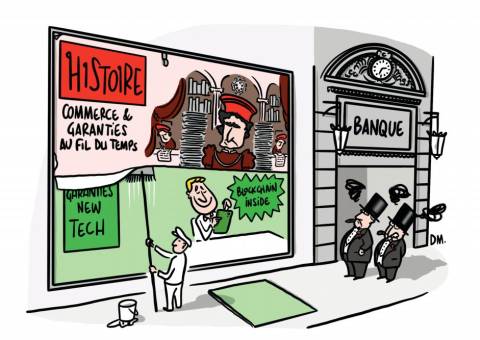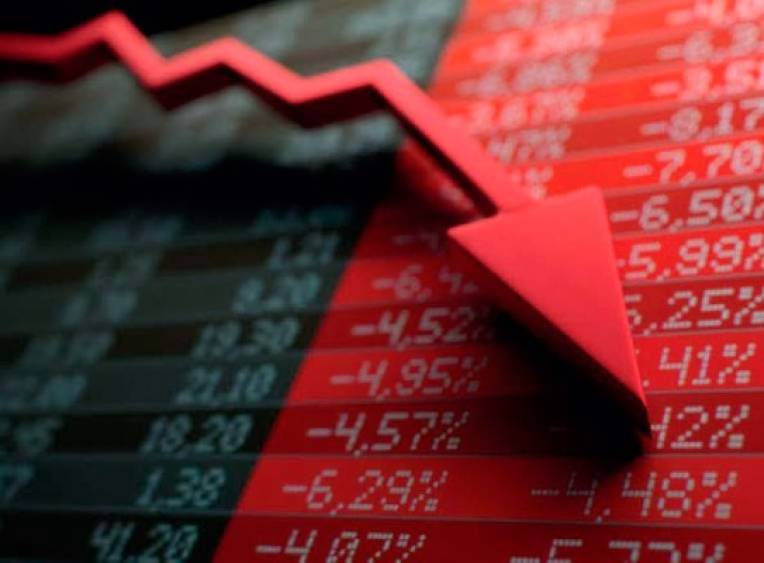
Assessing Extreme Risk-adjusted performance of Hedge Funds
Créé le
24.09.2009-
Mis à jour le
29.09.2017Hedge Fund performance is a crucial parameter not only for investors who build their portfolios but also for fund managers who must justify skill fees they receive. The problem is that performance estimation of hedge funds is a complex task. As for appreciation of their underlying risk, it isn't possible to work with indicators used for mutual funds which don't take the specifi cities and complexity of hedge fund strategies into account. One advantage often attributed to hedge funds is their absolute performance. They are supposed to offer a regular performance whatever the evolution of fi nancial markets. To emphasise this aspect of hedge fund performance, fund managers and fi nancial press mostly use the Sharpe ratio. But this indicator doesn't make it possible to consider extreme risk of hedge funds which is judged as particularly signifi cant and alarming (European central Bank's fi nancial stability report 2006). The Sharpe ratio is all the more unsuitable as investors are very sensitive to the occurrence of substantial losses (Scott and Horvath [1980]; Pratt and Zeckhauser [1987]). As a consequence, the question of the accuracy of investment decisions made by investors must be asked since hedge fund industry shows a signifi cant and fast growth. As no specifi c regulation for hedge funds exists, it is essential that an extreme risk-adjusted performance indicator is used by fi nancial actors and institutional investors. Indeed, the latter promise their customers not only to reach a performance target but also to use relevant tools.
![[Web Only] Tarifs bancaires : les banques amortissent l’inflation [Web Only] Tarifs bancaires : les banques amortissent l’inflation](http://www.revue-banque.fr/binrepository/480x320/0c0/0d0/none/9739565/MEBW/gettyimages-968963256-frais-bancaires_221-3514277_20240417171729.jpg)




